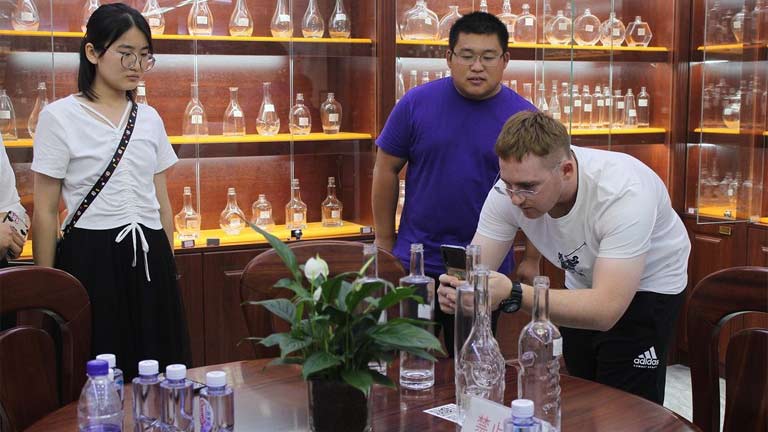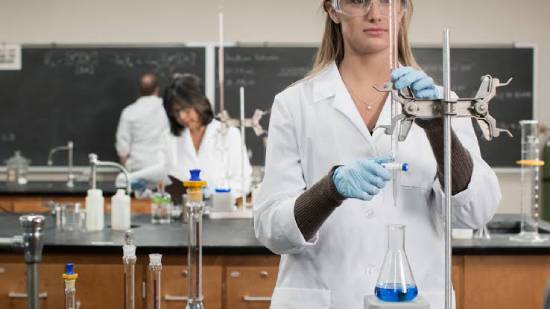
Wine isn’t merely a drink; it’s an adventure for the senses, a dance of tastes and scents that starts even before you pop the cork. While the wine itself gets the spotlight, the bottle – specifically, the glass bottle -plays a pivotal role. Let’s delve into the captivating world of glass wine bottles, tracing their history, their artistry, and their unsung role in safeguarding wine’s allure.
The History of Glass Wine Bottles
Glass, as a material for storing and transporting wine, has a rich history dating back to ancient times. Here’s a glimpse into the past:
- The Birth of Glass Bottles: The use of glass containers for wine storage can be traced back to ancient Rome. Early glass bottles were relatively crude and varied in size and shape, but they marked a significant departure from clay amphorae and other materials used previously.
- The Cork Revolution: The 17th century saw a revolution in glass bottle design with the introduction of cork closures. This innovation improved the sealing of wine bottles, reducing spoilage and oxidation. The classic wine bottle shape that we recognize today began to take form during this period.
The Art of Glass Wine Bottle Design
Glass wine bottles aren’t just functional containers; they are works of art in their own right. Bottle design plays a crucial role in conveying the brand’s identity and setting the stage for the wine inside.
- Shapes and Sizes: Glass bottles come in various shapes and sizes, each serving a unique purpose. The most common shapes include Bordeaux (high-shouldered), Burgundy (round-shouldered), and sparkling wine bottles. The choice of bottle shape can influence perceptions of the wine’s character.
- Embossing and Labeling: Intricate embossing and labeling on wine bottles can be a visual delight. Wineries often use these features to communicate their heritage, philosophy, and style. The label is the first thing that catches a consumer’s eye, and it’s a vital aspect of branding.
- Color Matters: The color of a glass bottle can also impact wine quality. Clear glass bottles are common, but amber or green-tinted bottles are often used for wines that are sensitive to light exposure. These tinted bottles protect the wine from harmful UV rays, preserving its flavor and aroma.
The Science of Glass Wine Bottle Preservation
Preserving the quality of wine is not just an art; it’s a science. Glass wine bottles are meticulously designed to safeguard wine from its enemies: oxygen, light, and temperature fluctuations.
- Airtight Sealing: The cork or alternative closures used in glass bottles create an airtight seal. This prevents air from entering the bottle, minimizing the risk of oxidation, which can turn a fine wine into vinegar.
- Ultraviolet Protection: As mentioned earlier, colored glass bottles act as a shield against harmful UV rays. Exposure to light can lead to “lightstruck” or “skunky” aromas in wine, making UV protection crucial.
- Temperature Stability: Glass is an excellent insulator, helping to maintain a stable temperature inside the bottle. This is essential because temperature fluctuations can negatively impact wine quality.
- Impermeability: Glass is impermeable to oxygen and other gases, ensuring that the wine’s aromas and flavors remain intact. Unlike some other materials, glass won’t interact with or leach into the wine.
The Sustainability Angle
In recent years, the wine industry has begun to address environmental concerns and the carbon footprint of glass wine bottles . Here’s how sustainability is changing the game:
- Lightweight: Many wineries are now opting for lightweight glass bottles to reduce their environmental impact. These bottles require less energy to produce and transport, which lowers carbon emissions.
- Recycling: Glass is infinitely recyclable, and an increasing number of consumers are becoming conscious of recycling their wine bottles. Some wineries even use recycled glass for their bottles, further reducing their environmental footprint.
- Alternative Materials: In the quest for sustainability, some winemakers are exploring alternative packaging materials such as cans and pouches. While glass remains the gold standard for aging and preserving wine, these options are gaining popularity for more casual wines.
Conclusion
Glass wine bottles aren’t just containers; they’re masterpieces, intertwining history with science and tradition. Beyond their graceful contours, they have a vital mission: preserving the integrity of the wine. They stand as a tribute to winemakers’ dedication to gifting wine lovers an unforgettable experience, sip after sip.
So the next time you open up that bottle of cherished wine, pause to admire the artistry of the glass that cradles it. It’s the unsung hero of your wine escapades, ensuring every drop is as enchanting as intended. A toast to the unsung magic of glass wine bottles!
We loved guiding you through the mesmerizing realm of glass wine bottles. Got any insights or curiosities? Drop them below. And never forget, wine isn’t just about sipping; it is an odyssey, with the bottle as your trusty companion.




